When it comes to selling homes, bathrooms, alongside kitchens, hold remarkable potential for attracting buyers. If a renovation is on your mind, bathrooms offer a valuable investment opportunity. These spaces possess the remarkable quality of being transformed significantly with minor adjustments. Unlike formal dining areas or seasonal patios, bathrooms experience daily use, making their ambiance pivotal.
For those seeking a contemporary touch to their bathrooms, the trend of floating sinks or vanities is worth exploring. These innovative fixtures, devoid of a traditional base, contribute to creating an open and sophisticated bathroom atmosphere, capturing attention with added visual intrigue. With an expanding array of styles available, the popularity of floating sinks and vanities has surged.
Whether your objective is to augment your home’s resale value or simply infuse it with refreshing updates, we offer comprehensive insights to guide your decision before embracing the concept of a floating sink in your home.
What are floating sinks, and why are they so popular now?
“A floating sink or vanity is an innovative bathroom fixture designed to be directly mounted onto the wall, eliminating the need for visible support legs or a base,” explains Laura Sotelo, co-founder of Olive Ateliers. “This ingenious design creates the illusion of a ‘floating’ sink or vanity suspended in mid-air.”
While the concept of floating vanities isn’t novel, their popularity has surged recently due to an expanded range of available styles. This includes designs crafted from luxurious materials such as marble. In the past, the limited options might have restricted floating sinks to sleek modern homes, leaving traditional or upscale designs out of the equation. Thankfully, the landscape has evolved, offering choices that seamlessly blend with diverse decor themes. If you’ve been considering a floating sink for a while but hesitated due to your home’s style, now presents an ideal opportunity to embrace this trend.
What should you know before installing a floating sink?
While switching out a sink may not entail the same level of complexity as a full-scale renovation, it remains a substantial undertaking that warrants careful consideration and research.
Floating sinks undoubtedly offer aesthetic appeal, yet they come with certain drawbacks, most notably their limited storage capacity. The reduced or absence of under-sink storage renders floating sinks or vanities more suitable for powder rooms or guest bathrooms, rather than main family bathrooms. While standalone storage solutions can serve as alternatives, they might compromise the sleek appearance that characterizes floating sinks—a crucial factor to ponder before parting with your conventional vanity.
From a construction perspective, Laura Sotelo underscores the necessity of reinforcing the wall onto which the sink is to be mounted. This emphasizes the importance of consulting your contractor before embarking on this endeavor.
However, there are practical advantages to this design approach. Sotelo points out that opting for a floating sink “minimizes the clunkiness of a sink base or legs for a cleaner look,” often creating the illusion of expanded space. This effect can be particularly advantageous in small bathrooms or powder rooms, making them appear more spacious. Additionally, floating sinks can be positioned at a preferred height, making them suitable for crafting an accessible environment or customizing a bathroom tailored for children.
“Beyond the anticipated limitations that might hinder a floating sink installation, such as budget constraints and foundations lacking reinforcement, we firmly believe that a floating sink can harmonize with any home style,” remarks Sotelo. “While the concept of floating sinks is commonly associated with sleek modern aesthetics, we’ve witnessed our antique Turkish marble sinks transition into timeless and enchanting focal points as floating vanities.”
For those drawn to this trend but apprehensive about its longevity, Sotelo provides valuable insight: Do not allow fleeting trends to dictate your design choices.
“It’s a common misconception that a specific interior style is the sole canvas for certain looks or constructions,” Sotelo advises. “Embrace risk-taking—we hold the belief that elements possessing a touch of authenticity will remain timeless.”






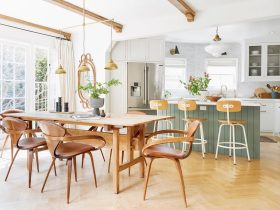
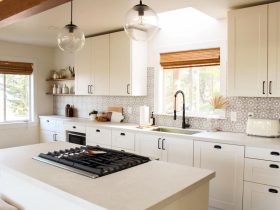



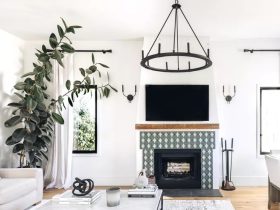

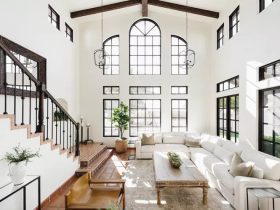
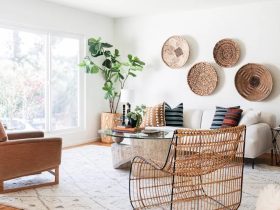


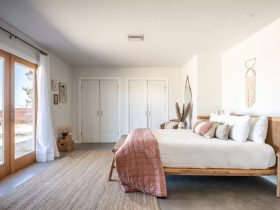

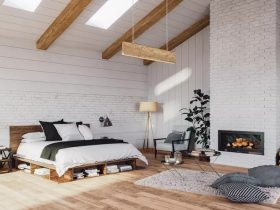
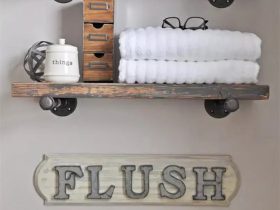
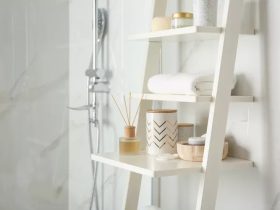
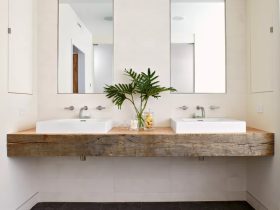

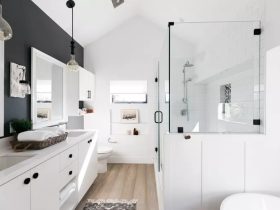
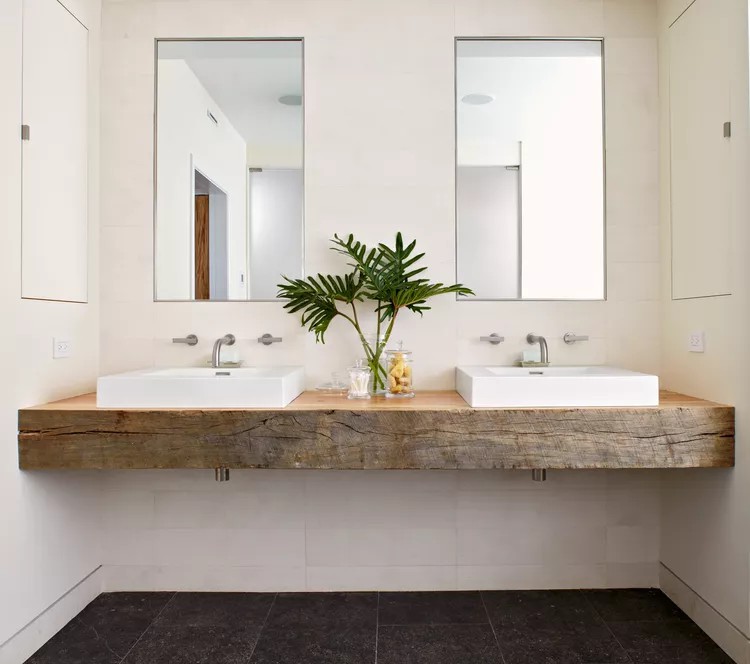
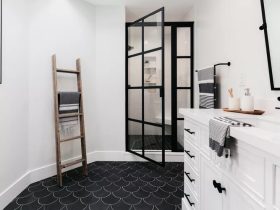
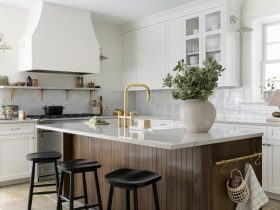

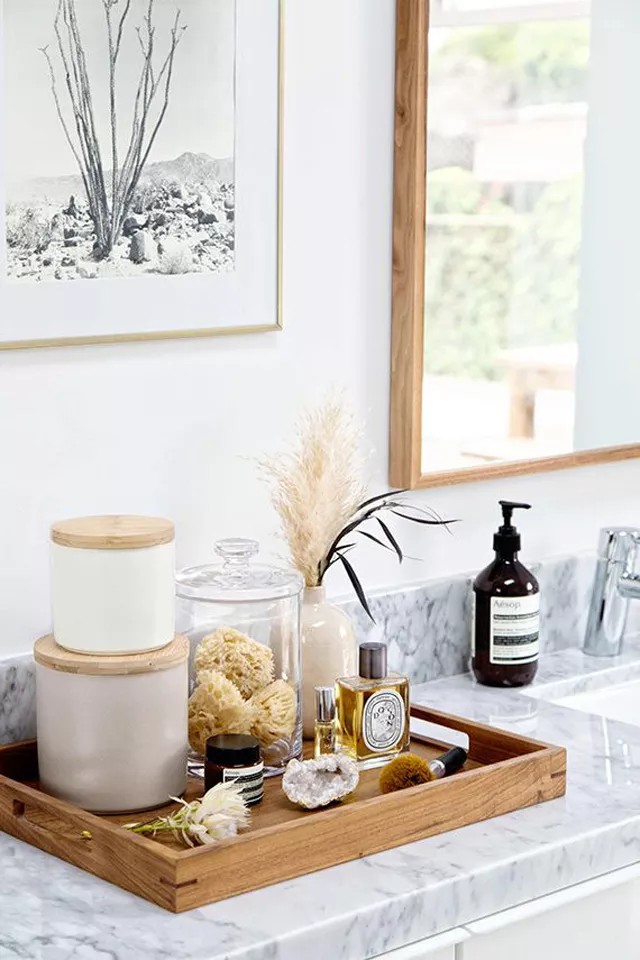
Leave a Reply